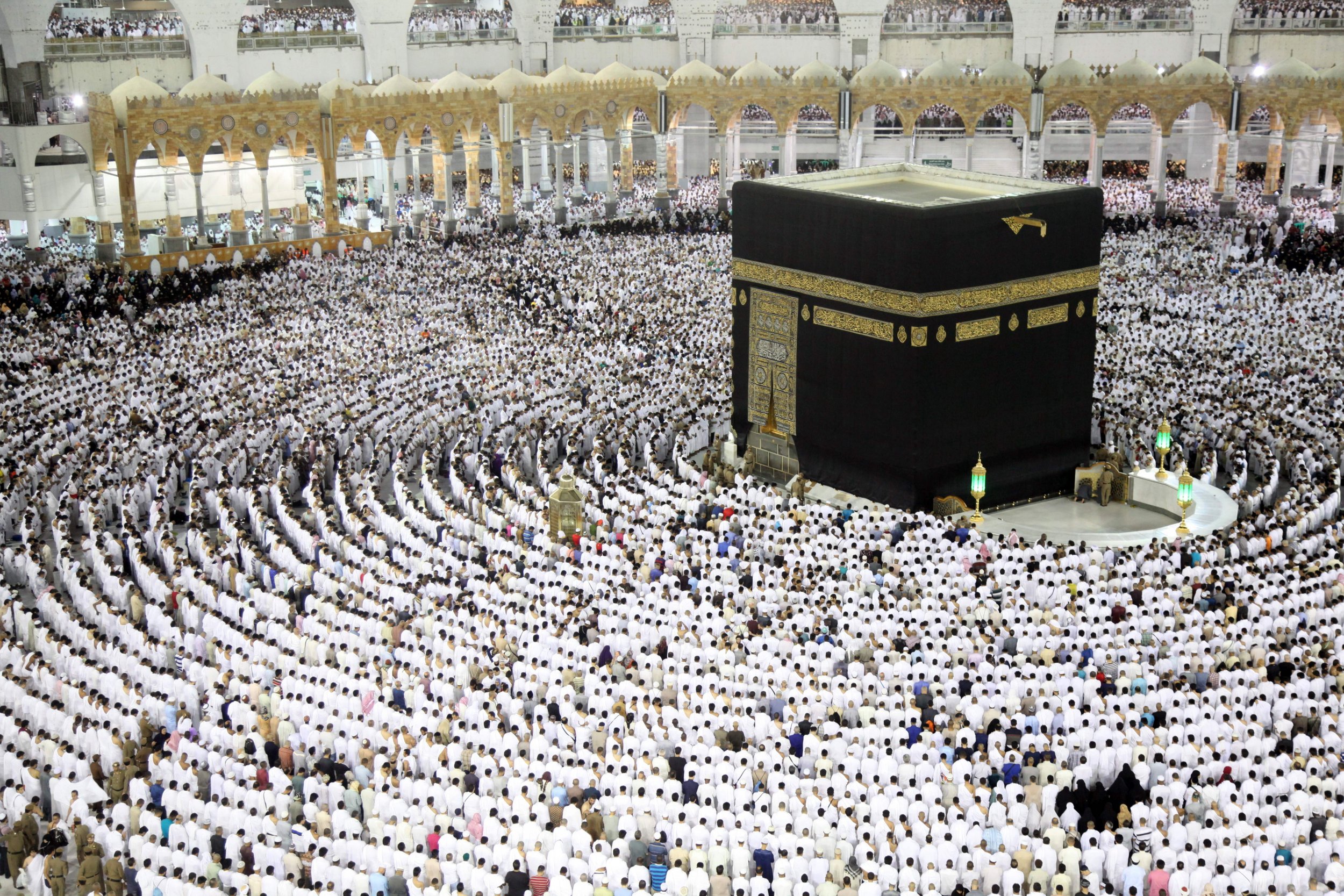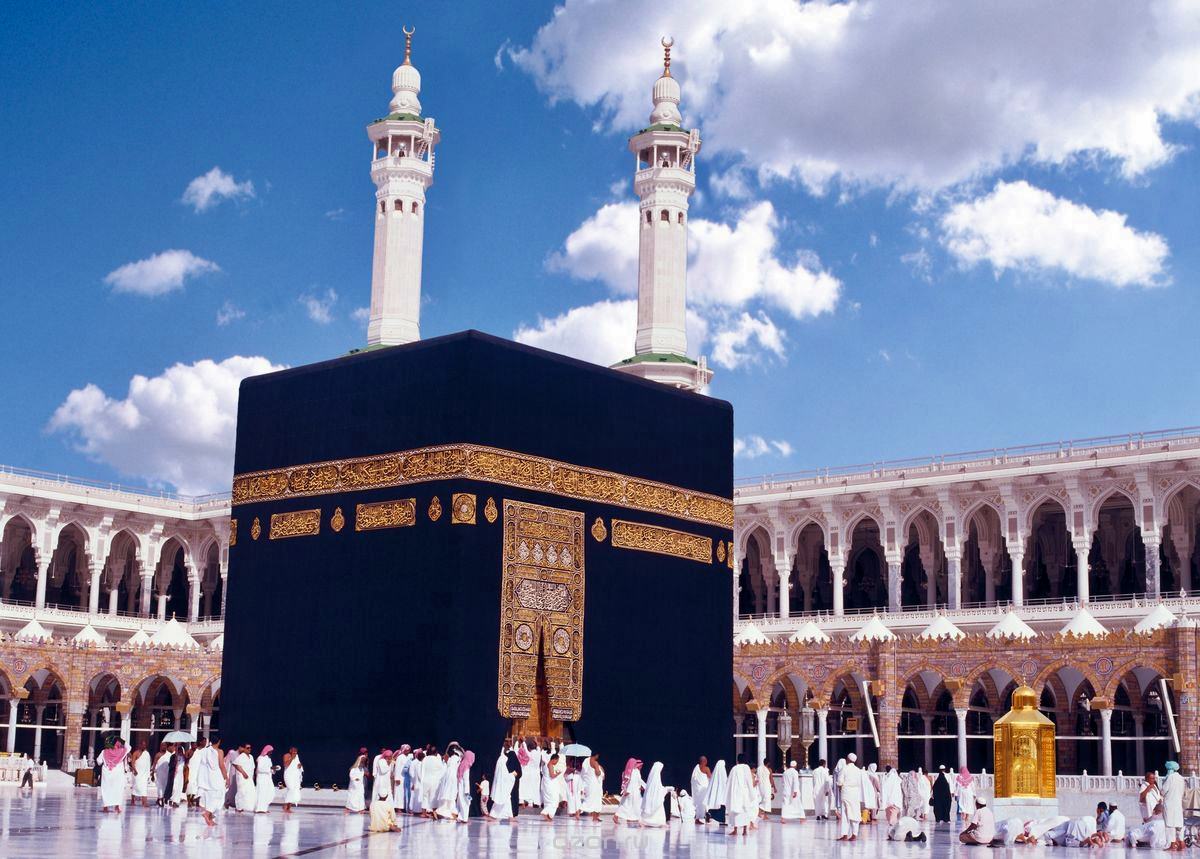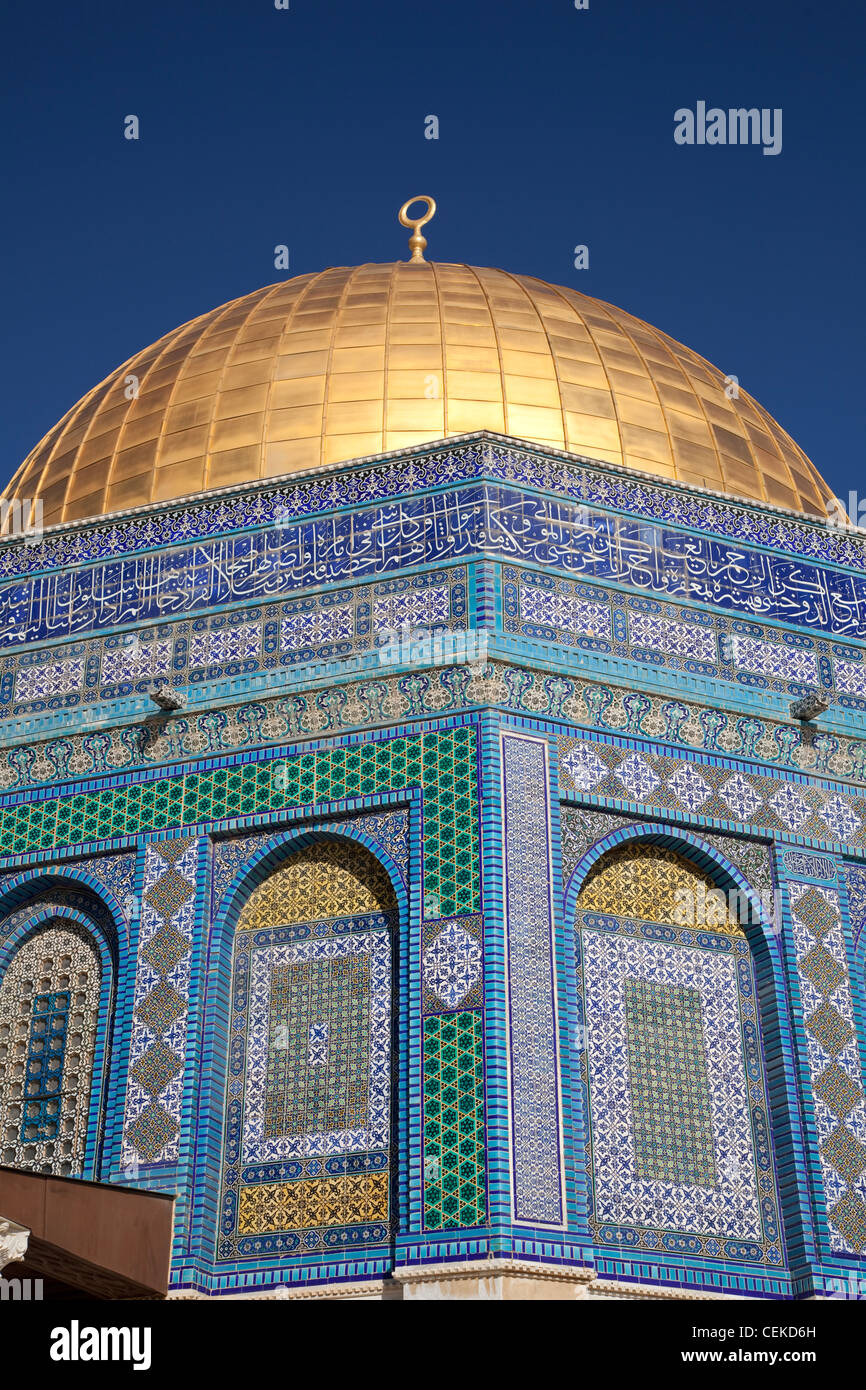Are sacred spaces merely physical structures, or do they embody a deeper spiritual significance that transcends the material? Across the globe, shrines, mosques, and other religious sites serve not only as places of worship but also as potent symbols of faith, history, and cultural identity, drawing millions of pilgrims and visitors each year.
The concept of a shrine, a place deemed sacred and often dedicated to a religious figure or event, is a universal one, found in various forms across diverse cultures. For Muslims, these sites hold particular importance, serving as focal points for devotion, remembrance, and community. From the ancient Dome of the Rock in Jerusalem to the bustling Imam Reza Shrine in Mashhad, Iran, each site tells a unique story, reflecting the rich tapestry of Islamic history and belief. Shrines are not just places of worship; they are living museums of faith, preserving legacies and fostering connections across generations.
The Shriners, often recognizable by their distinctive red fezzes, a headwear common in Muslim countries, offer a fascinating example of cultural exchange and the blending of traditions. Their adoption of such imagery hints at the complex ways in which religious and cultural symbols traverse borders and influence practices. Furthermore, the historical restoration and construction of Muslim shrines, from dilapidated structures to new edifices, reveal the enduring significance of these sites to their communities, highlighting the ongoing efforts to preserve and revitalize their spiritual heritage.
- Arnold Schwarzeneggers Former Housekeeper Mildred Baena Young Speaks Out
- Latest Details How Old Is Donnie Wahlberg
| Shrine | Description | Significance |
| Dome of the Rock, Jerusalem | Built in the late 7th century CE. | Believed to be the site of Muhammad's ascent to heaven (the Mi'raj), and the oldest extant Islamic monument. |
| Imam Reza Shrine, Mashhad, Iran | The largest mosque in the world. | Dedicated to the 8th Shia Imam, a major pilgrimage site. |
| Hazratbal Shrine, Kashmir, India | Houses a hair of the Prophet Muhammad. | One of the most important Muslim religious places in Kashmir. |
| Imam Husayn Shrine, Karbala, Iraq | Dedicated to Imam Husayn, grandson of Prophet Muhammad. | A significant site for Shia Muslims, commemorating the Battle of Karbala. |
| Kaaba, Mecca, Saudi Arabia | Located near the center of the Great Mosque. | The most sacred spot on earth for Muslims, towards which they face in prayer. |
Consider the British involvement in the region, building and donating the maqam of Sheikh Nuran to Bedouins, a site damaged during the Sinai and Palestine Campaign. Such actions reveal a complex interplay of political interests, religious respect, and historical narratives. In contrast, the transformation of a site like the shrine at Odero Lal into a watch post by Israeli soldiers underscores the impact of conflict on these sacred locations. This highlights the vulnerabilities of these sites amidst political turmoil.
The shrine at Fatima, Portugal, provides another facet of this examination. Commemorating the appearances of the Blessed Mother to three shepherd children, it highlights the universal appeal of pilgrimage and the power of faith. The annual celebrations at the Blue Army Shrine, with processions and special events, demonstrate the enduring devotion. The psychiatry of a Muslim shrine: these places are not only places of religious practice, they can become subject to psychological study, as the effect they have on the people are studied.
The study of these spaces offers valuable insights into the socio-cultural and religious dynamics of a region. Published works, such as those edited by Ahmad L. in "Ritual and Religion Among Muslims in India," provide crucial context for understanding these spaces. Similarly, exploring the history and significance of sites like the dargah, a type of shrine, as described in various articles, gives a granular understanding of regional practices and traditions.
The story of the first Islamic missionary in Guangzhou, China, and the shrine dedicated to him, reveals the spread of Islam beyond its traditional heartlands. Similarly, the significance of the Hazratbal Shrine in Kashmir, with its housing of a hair of the Prophet Muhammad, underlines its importance in the context of Indian religious practices. As a place visited by many, it further illustrates the impact of religious places, and the importance that religious tourism has on the local economy.
The Dome of the Rock in Jerusalem, with its Byzantine architectural roots, and Imam Ali's shrine in Iraq, showcase the artistry and historical continuity of Islamic design. The preservation of original antique tiles within the Imam Ali's shrine is a testament to the enduring value placed on cultural heritage. These beautiful places have been a place of pilgrimage for many.
The shrine of Nabi Bulus, or Paul the Apostle, in Beit Shemesh, in the Muslim tradition, shows an example of an important religious figure that is revered. The veneration of figures and the sacredness of places, the Muslim world shows a complex history.
Muslim was the son of Aqil ibn Abi Talib and a cousin of Husayn ibn Ali, the third Shia Imam. Furthermore, the story of the Kaaba in Mecca, which, according to Muslim belief, was established by Ibrahim and Ismail, offers insight into the foundation of Islamic belief. The act of circling the Kaaba, one of the core pillars of the hajj, underlines its central role in Muslim worship.
The tombs of the Prophet's family, found in different places around the world, provide a glimpse into the intimate life of the Prophet, while Imam Reza's shrine in Mashhad, Iran, represents a major site of Shia pilgrimage. Such religious places serve as important cultural and religious centers for communities.
This article will now review some of the most important of these shrines and their importance to Islam. The Imam Husayn Shrine in Karbala, Iraq, dedicated to the grandson of the Prophet Muhammad, is a prime example of this, as are the shrines of Kufa, which hold great significance for the Shia community.
The various functions of shrines are apparent. They serve as a focal point for community identity and cultural activities, attracting millions of visitors each year. The concept of a shrine as a space that transcends cultural borders is very important to many.
In summary, shrines are essential in the Islamic world, providing places of worship and acting as focal points for cultural preservation. From the Kaaba in Mecca, to the Imam Husayn Shrine in Karbala, and many other places around the globe. The shrines showcase Islam's rich history and enduring spirit.



Detail Author:
- Name : Marina Brekke
- Username : donnie.nienow
- Email : cynthia.koelpin@hotmail.com
- Birthdate : 2007-04-11
- Address : 8216 Martin Prairie Apt. 664 South Celestinetown, NM 87805-8956
- Phone : (423) 990-0806
- Company : Reichel, Nicolas and Funk
- Job : Biological Technician
- Bio : Magni deleniti error nemo earum excepturi sed. Est odio totam quidem fugit qui ipsa quia. Ut deserunt ut veritatis maiores. Sed nobis qui non libero cumque eos.
Socials
twitter:
- url : https://twitter.com/williamson2011
- username : williamson2011
- bio : Consequatur ex sint ut dolorem aut non. Voluptas non amet est et possimus itaque quia. Tempore consequatur doloremque quia labore dignissimos.
- followers : 4095
- following : 737
tiktok:
- url : https://tiktok.com/@williamson1976
- username : williamson1976
- bio : Possimus eos eius vel omnis aut.
- followers : 126
- following : 1611
linkedin:
- url : https://linkedin.com/in/stephon.williamson
- username : stephon.williamson
- bio : Maiores et et quidem dolore.
- followers : 4056
- following : 2281
instagram:
- url : https://instagram.com/williamson2012
- username : williamson2012
- bio : Eum aut vitae omnis. Quod rerum earum sequi atque. Vero et aliquam doloremque error quas eos.
- followers : 3439
- following : 1415